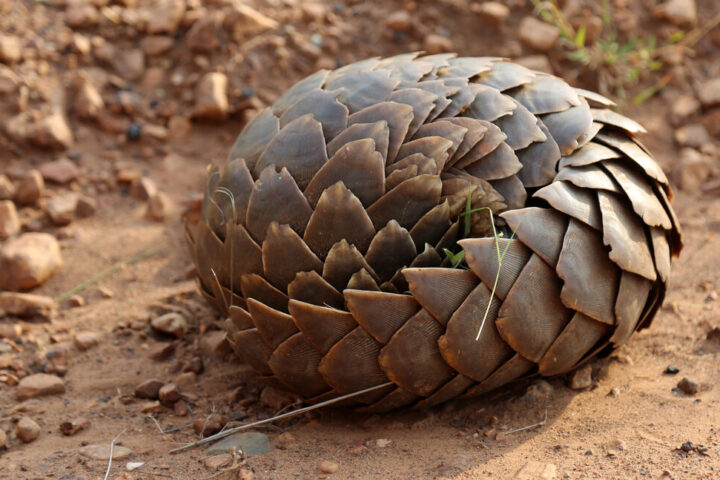The Biden administration’s recent endorsement of a land exchange to build a road through Alaska’s Izembek National Wildlife Refuge marks an unprecedented shift in Democratic policy spanning three decades, raising questions about the future of wildlife conservation in one of North America’s most crucial migratory bird habitats.
In a draft environmental impact statement released Wednesday, the U.S. Fish and Wildlife Service recommended exchanging 490 acres of protected refuge land for 31,198 acres from the King Cove Corporation. The proposed single-lane gravel road would extend 19 miles, with 16 miles located in the refuge. The road would connect the predominantly Aleut community of King Cove (population 900) to Cold Bay’s all-weather airport, built during World War II.
“We have been trying for 30-plus years to get this life-saving, one-lane, non-commercial gravel road to just allow for limited access for the people,” said Sen. Lisa Murkowski, R-Alaska, who has consistently supported the project.
The proposal represents the first time a Democratic administration has backed such a plan since the Clinton era. Previous attempts were either abandoned due to policy changes or, as in 2019, ruled illegal by federal courts.
At the heart of this controversy lies Izembek Lagoon, which contains one of the world’s largest eelgrass beds – a critical feeding ground for nearly the entire global population of Pacific brant geese during migration. The U.S. Fish and Wildlife Service’s own previous environmental studies concluded the road would cause “major cumulative impacts” on migratory birds.
Sen. Dan Sullivan, R-Alaska, criticized the terms of the exchange: “Now, after nearly four years — and the loss of at least one life — the community’s health and safety is being leveraged at an outrageous price: 31,000 acres in exchange for 500 acres.”
Opposition from environmental groups and some Alaska Native communities has been swift and forceful. “The Secretary of the Interior does not have the authority to conduct this land exchange,” said Nicole Whittington-Evans, Defenders of Wildlife Alaska program director. “Any exchange of Izembek Refuge wilderness lands to allow a road would harm this world-class wetland and sets a dangerous precedent allowing future secretaries to trade away prized Alaska public lands to private parties for their gain.”
More Stories
Edgar Tall Sr., chief of the Native Village of Hooper Bay, expressed concern about the impact on traditional subsistence practices: “Food insecurity caused by climate change, the Western Alaska salmon crisis, habitat loss, hunting restrictions and other factors are already putting substantial pressure on our community and challenging our ability to hunt, fish and gather in our traditional ways.”
The proposed road would not be available for commercial use. About 13 miles would be constructed on land with no previous road. Of the federal land gained in the exchange, 1,700 acres would fall under Wilderness status with increased protections.
Defenders of Wildlife noted that a 2015 U.S. Army Corps of Engineers study determined a marine ferry alternative would be 99.9% dependable, though this option was not selected as the preferred alternative in the current proposal.
Brook Brisson, senior staff attorney for Trustees for Alaska, emphasized the broader implications: “The Alaska National Interest Lands Claims Act designated conservation lands precisely to protect subsistence and wildlife.”
The Fish and Wildlife Service has opened a 45-day public comment period starting Friday for the draft environmental review. This development forces a complex balance between immediate human needs and long-term wildlife conservation, potentially setting precedents for future wilderness area management across the United States.


















